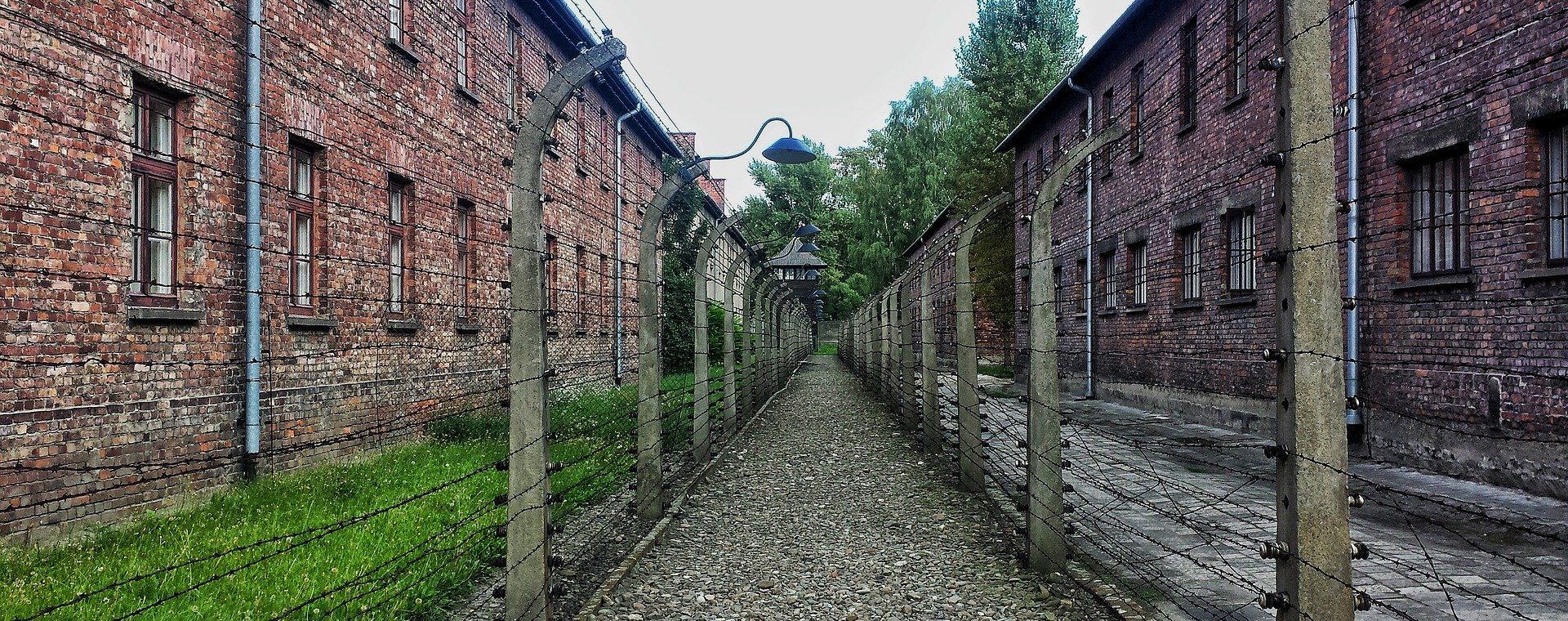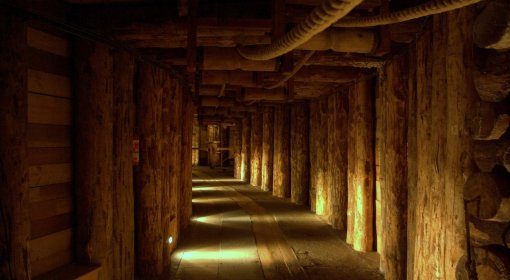
en


All over the world, Auschwitz has become a symbol of terror, genocide, and the Holocaust. It was established by the Germans in 1940, in the suburbs of Oswiecim, a Polish town that was annexed to the Third Reich by the Nazis.
The direct reason for the establishment of the camp was the fact that mass arrests of Poles were increasing beyond the capacity of the existing "local" prisons. The first transport of Poles reached KL Auschwitz from a Tarnów prison, on June 14, 1940. Initially, Auschwitz was to be one more concentration camp of the type that the Nazis had been setting up since the early 1930s. It functioned in this role throughout its existence, even when, since 1942, it became one of the centers of "Endlösung der Judenfrage" (Final Solution to the Jewish Question) - the Nazi plan for the killing the Jews that inhabited the regions occupied by the Third Reich.
Division of Auschwitz
In 1944, at the peak moment of its operation, the camp consisted of three parts:
Auschwitz I, which was established in 1940 on the grounds and in the buildings of the pre-war Polish army barracks;
Auschwitz II - Birkenau, the largest part of the complex, established on 1941, on the site of the village of Brzezinka, three kilometers away from Oswiecim. The Polish civilian population was evicted and their houses confiscated and demolished. The greater part of the apparatus of mass killing was set up in Birkenau;
Auschwitz III. Between 1942 and 1944, more than 40 sub-camps, exploiting the prisoners as slave laborers, were founded, mainly in various German industrial plants and farms. The largest of them was called Buna and was opened in 1942, on the grounds of the Buna-Werke synthetic rubber and fuel plant, six kilometers away from the Auschwitz camp. They were built during the war by a German industrial concern called IG Farbenindustrie, to which SS provided prisoners for work.
Interessengebiet
The Germans isolated all the camps and sub-camps from the outside world and surrounded them with fences of barbed wire. The area administered by the commandant and patrolled by the SS camp garrison went beyond the grounds enclosed by barbed wire. It included an additional area of approximately 40 square kilometers (the so-called "Interessengebiet" - the interest zone), which lay around the Auschwitz I and Auschwitz II-Birkenau camps.
The local population, the Poles and Jews living in the vicinity of the newly-founded camp, were evicted. Some of their houses were demolished, and some were assigned to officers and non-commissioned officers from the camp SS garrison, who sometimes came to live here with their whole families. The camp administration used the zone around the camp for auxiliary camp technical support, workshops, storage, offices, and barracks for the SS.







By browsing it you accept our cookies policy, according to your browser settings. Read more about Privacy Policy.
OK, close